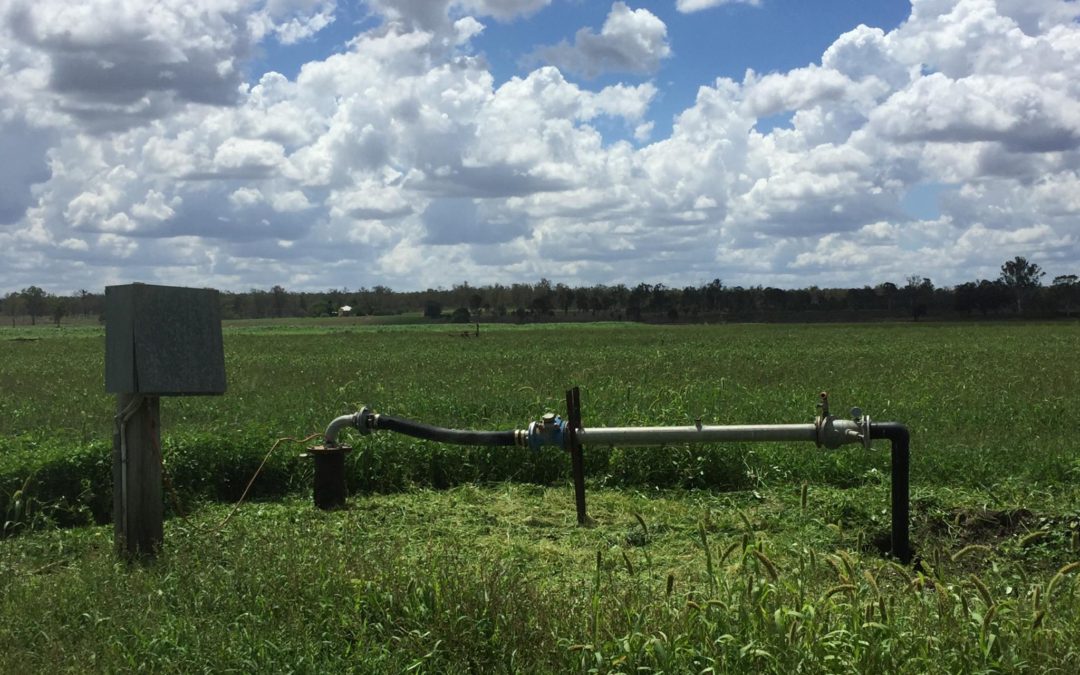Black Soil farmers across the South Burnett gathered at workshops in Murgon and Kingaroy on December 15 to expand their knowledge of the regions black soils.
BGA Agriservices (BGA) agronomist Ian Crosthwaite presented a detailed overview of soil test results to the attending growers.
The results were from soil samples BGA had collected and analysed across the South Burnett region in the months leading up to the workshops. The soil samples were a collective of paired sites—where each pair included one sample from a historically cropped paddock and the other from the same soil type, however, not historically cropped.
The results showed some interesting trends across the region and discussing them provided a great opportunity to look at comparative results from cropped and non cropped paddocks.
Ian discussed with the growers the soil chemistry and the importance of various elements in the soil and subsequently the optimum levels required to maintain nutrient balance. Furthermore, he took growers through the various crop nutrient removals, such as, Nitrogen, Phosphorus, Potassium and Sulphur for a range of crops relevant to the growers.
These workshops were held under the Better Catchments Cropping program which involves working with cropping landholders on projects which will result in an improved practice change in line with industry standard and long term sustainability. These projects are supported by BMRG and coordinated locally by BCCA, through funding from the Australian Government’s National Landcare Programme.
The Better Catchments Program will continue working with black soil farmers to implement improved practice changes. Expressions of Interests were offered to growers attending the workshops, to be part of the program. Small grants were provided to eligible growers to kick start the projects with one on one property visits, follow up technical advice and workshops over the two years, to continue the ongoing support to growers. We currently have 14 projects ready for an assessment panel, project vary from installation of a weather station, soil tests to cultivator modifications.

